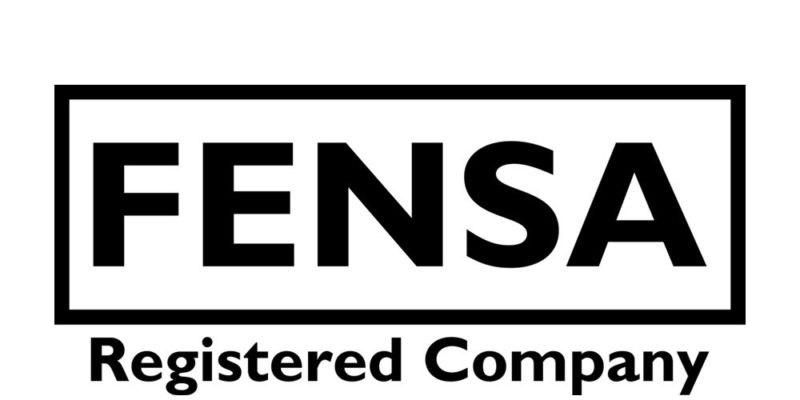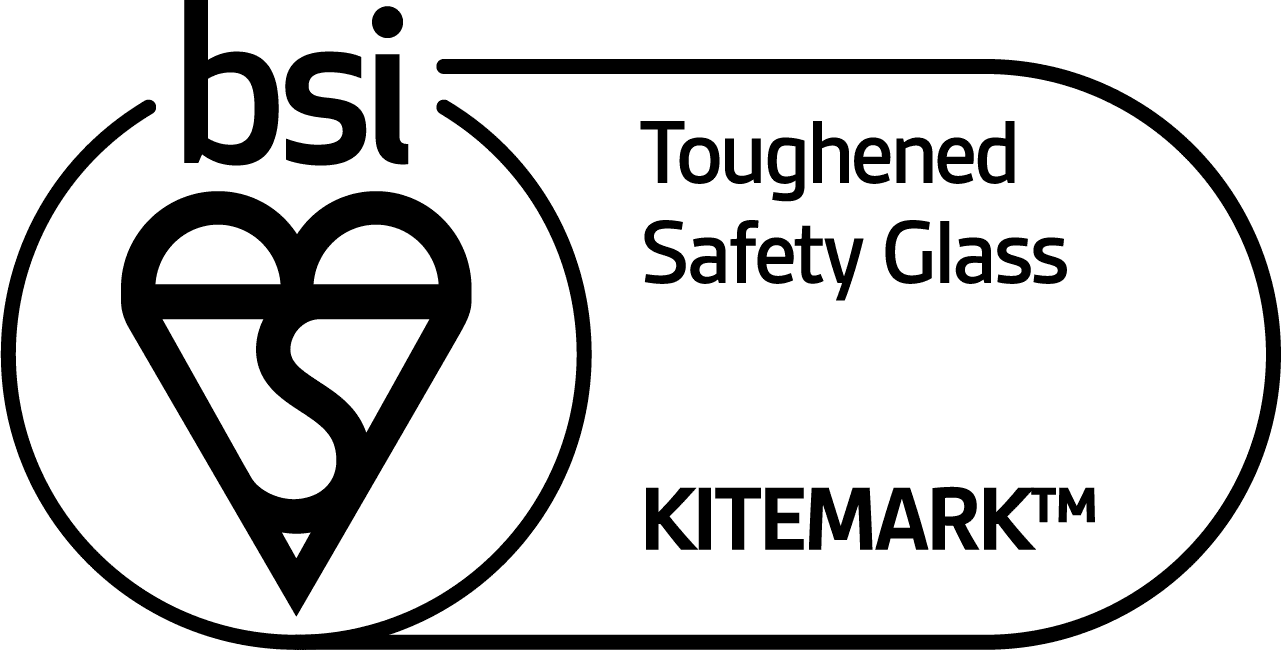Toughened Vs. Laminated Glass: Your Complete Guide
If you’re searching for sturdy safety glass, you have two choices: toughened or laminated glass. At first glance, these two types may seem indistinguishable, but they both have distinctive individual properties that make them suited for different sorts of application. In this simple guide, we take you through their key differences, benefits and applications of each glass type, and cover how you can tell which you already have.
What is toughened glass?
Toughened glass, or tempered glass, is a high-strength glass that is up to 5 times stronger than ordinary glass. To make toughened glass, a standard strength pane of glass is heated to a high temperature and then rapidly cooled – forming an incredibly durable outer layer that can withstand impacts and temperature changes with ease.

What is laminated glass?
Laminated glass is designed to stay intact when shattered, and the consists of two or more pieces of glass sandwiching a plastic interlayer that is usually made from EVA (ethylene-vinyl acetate) or PVB (polyvinyl butyral). This structure is achieved by using pressure rollers which help the mechanical and chemical bonds form.

What is the difference between toughened and laminated glass?
Toughened gas is most commonly used when strength and heat resistance are needed, for example in shower doors, vehicle windows, protector screens etc. Its impressive durability makes it much harder to break – and if it does break, it shatters into smaller, safer and blunter pieces.
Laminated glass is even more beneficial, heightening both security and safety. Under impact, the plastic interlayer in the laminated glass holds the whole structure together – this means no hole is left to bait thieves, and also means that dangerous shards do not scatter in the surrounding area. This makes it ideal for use in shop windows, ground floor glass or in domestic and residential buildings – in general, in any location where security is paramount. If you have toughened glass, then you should consider upgrading to laminated for the added benefits.
How can I tell which I have?
Smashing the glass yourself is not a practical way to tell if you have toughened or laminated glass. Instead, there is a much easier (and less expensive way) to establish which one you have – this is by looking for the glass’s kitemark code.
Laminated Code: BS EN14449
钢化代码:BS EN12150
Benefits of toughened and laminated glass
Toughened
- When broken, it smashes into smaller, blunter pieces as opposed to dangerous shards
- Highly durable, making it difficult to break
- Has incredible thermal resistance, and can cope with intense temperate
- Up to five times the strength of ordinary glass
Laminated
- The plastic interlayer holds the structure intact when broken – making it impact-resistant.
- Because the structure is held intact upon impact, this makes it ideal for security
- Increases safety as the shards do not scatter as widely and are instead held in place by the plastic sheet
- Has sound reduction properties and also works to block out a large proportion of UV radiation
Most common uses for toughened and laminated glass
Laminated Glass Uses:Perfect for places where enhancing security is paramount such asshop fronts, external and internal doors, ground floor glass, domestic and residential buildings.

Toughened Glass Uses:Applications where durable and heat-resistance glass are sought such asworktops, greenhouse glass, shower screens, splashbacks, balustrades, and monitor screens.

With over 50 years’ experience, Lee Glass are leaders in the glazing industry – we craft, install top-quality laminated and toughened glass for a wide range of domestic andcommercial applications. Based in Nottingham, we can deliver to a wide area across the UK –contact our friendly teamto discover more.







